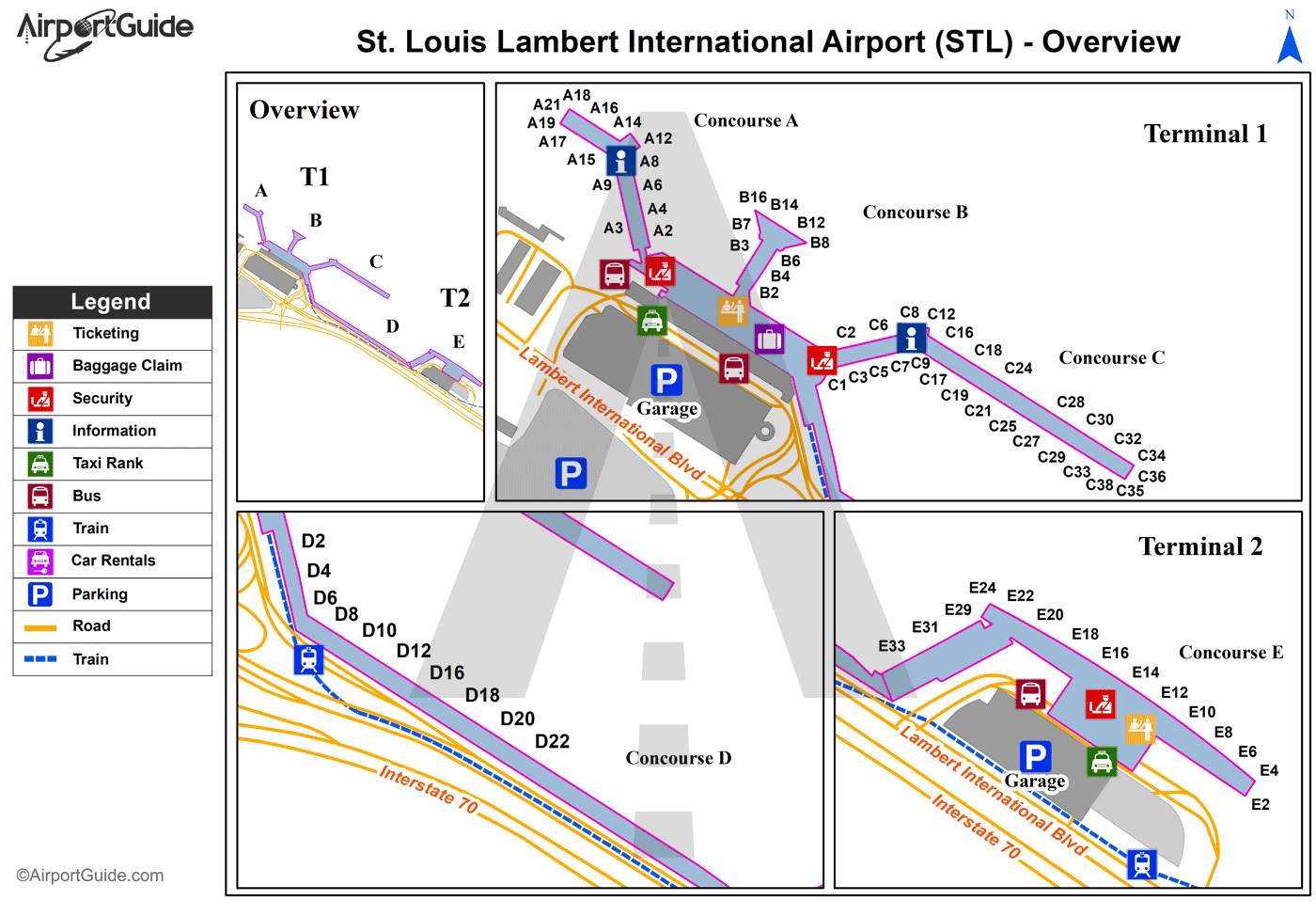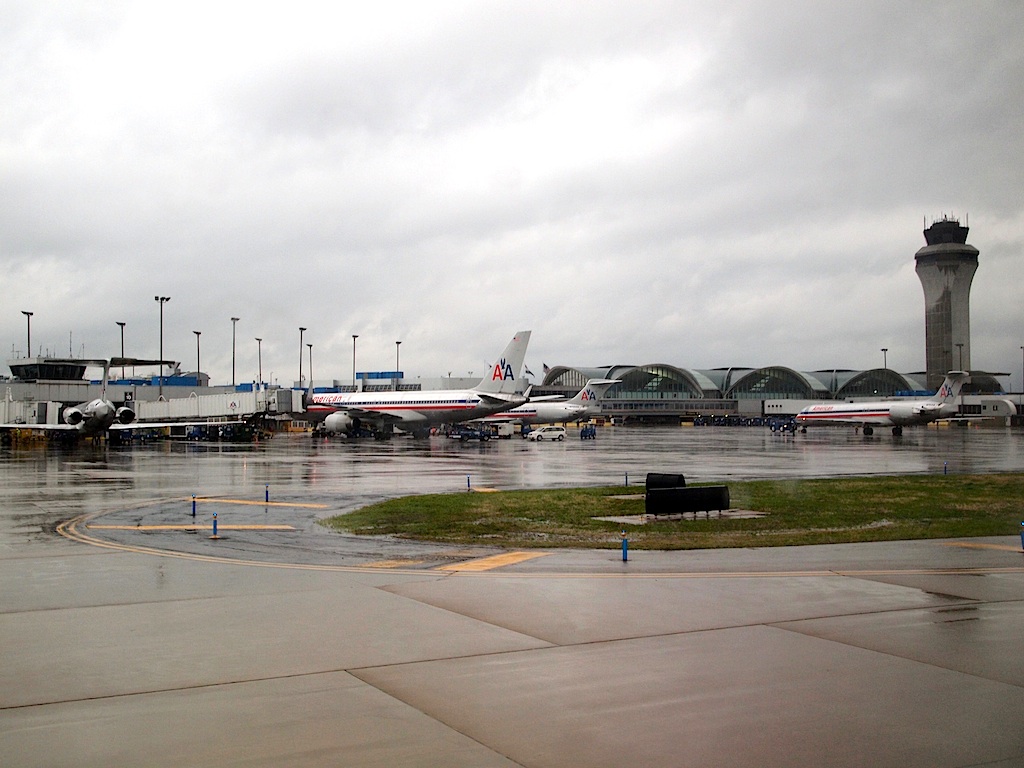“Okay, here is an article about Lambert-St. Louis International Airport (STL) in English, aiming for approximately 2000 words.
Artikel Terkait Okay, here is an article about Lambert-St. Louis International Airport (STL) in English, aiming for approximately 2000 words.
- Okay, Here Is A Comprehensive Article About Barcelona–El Prat Josep Tarradellas Airport (BCN), Aiming For Approximately 2000 Words.
- Okay, Here Is An Article About Incheon International Airport (ICN) In English, Aiming For Approximately 2000 Words.
- Okay, Here Is A Comprehensive Article About Hotels Near Heathrow Airport (LHR), Written In English, Aiming For Approximately 2000 Words.
- Okay, Here Is An Article About Charleston International Airport (CHS) Written In English, Aiming For Approximately 2000 Words.
- Okay, Here Is An Article About Burlington International Airport (BTV) Written In English, Aiming For A Length Of Approximately 2000 Words.
Table of Content
- 1 Artikel Terkait Okay, here is an article about Lambert-St. Louis International Airport (STL) in English, aiming for approximately 2000 words.
- 2 Video tentang Okay, here is an article about Lambert-St. Louis International Airport (STL) in English, aiming for approximately 2000 words.
- 3 Lambert-St. Louis International Airport: A Gateway Forged in History, Soaring Towards the Future
Video tentang Okay, here is an article about Lambert-St. Louis International Airport (STL) in English, aiming for approximately 2000 words.
Okay, here is an article about Lambert-St. Louis International Airport (STL) in English, aiming for approximately 2000 words.

Lambert-St. Louis International Airport: A Gateway Forged in History, Soaring Towards the Future
Lambert-St. Louis International Airport (STL) is more than just a transportation hub; it is a living testament to the history of aviation, a striking architectural landmark, and a vital economic engine for the St. Louis metropolitan area and the wider Midwest region. From its humble beginnings as a ballooning field to its era as a bustling airline hub and its current role as a dynamic gateway, Lambert’s story is intertwined with the evolution of flight and the growth of St. Louis itself. With a history spanning over a century, a terminal building recognized globally for its design, and ongoing efforts to modernize and expand, STL continues to play a crucial role in connecting people and commerce to the heart of America.
A Century of Flight: From Balloons to Jets
The history of Lambert-St. Louis International Airport is one of pioneering spirit, innovation, and resilience. Its roots stretch back to the very dawn of aviation in the early 20th century. The site was initially known as Kinloch Field, a location primarily used for balloon ascensions and early air exhibitions. In 1910, it hosted the International Air Meet, attracting famous aviators like Theodore Roosevelt’s son, Quentin, and demonstrating the burgeoning potential of heavier-than-air flight.
A pivotal figure in the airport’s early development was Albert Bond Lambert, a prominent St. Louis businessman, aviator, and Olympic medalist (in golf, ironically). Lambert was a passionate advocate for aviation and recognized the need for a dedicated airfield. In 1920, he leased the Kinloch Field site, expanding and improving it to accommodate fixed-wing aircraft. He later purchased the land outright and, in 1923, deeded 170 acres to the City of St. Louis for the purpose of establishing a municipal airport. This act of generosity and foresight led to the airport being named in his honor, making it one of the oldest continually operating airports in the United States and the first to be named after an individual.
The 1920s saw significant growth. Airmail service began, and early passenger routes were established. Charles Lindbergh, before his historic transatlantic flight, flew airmail routes out of Lambert Field and helped select the airport as the base for the Spirit of St. Louis’s construction and initial test flights in 1927. This connection solidified Lambert’s place in aviation lore.
During the 1930s and 40s, the airport continued to expand its facilities and handle increasing air traffic. World War II brought a surge in activity as the airport served as a training base and a manufacturing site for military aircraft, including the production of Curtis-Wright C-46 Commando transport planes.
The post-war era ushered in the commercial jet age, and Lambert was poised for significant expansion. The need for a modern, larger terminal building became apparent. This led to one of the most significant chapters in the airport’s history: the design and construction of the iconic Main Terminal.
An Architectural Masterpiece: The Saarinen Terminal

The design of the new terminal building was entrusted to the renowned Finnish-American architect Eero Saarinen, known for his innovative and sculptural approach to architecture (he also designed the Gateway Arch in St. Louis and the TWA Flight Center at JFK). Saarinen, along with his partner Joseph Passonneau, envisioned a structure that would not only be functional but also capture the spirit of the jet age – a sense of soaring, movement, and grandeur.
Completed in 1956, the Lambert Main Terminal (now Terminal 1) was a revolutionary design. Its most striking feature is the roof, composed of three large, interconnected concrete shell domes or vaults, supported by slender columns. This design created vast, open interior spaces free of internal columns, allowing for flexible layouts and a sense of spaciousness and light. Saarinen described the concept as inspired by the feeling of walking through a cathedral, aiming to evoke a sense of awe and excitement associated with air travel at the time.
The design was not merely aesthetic; it was also highly functional for its era. The vaulted structure allowed for large, unobstructed ticketing halls, waiting areas, and baggage claim spaces. The innovative use of concrete shells was both structurally efficient and visually dramatic. The building quickly gained international acclaim and became a model for airport terminal design worldwide, influencing subsequent projects with its emphasis on open space, natural light, and a sense of dynamic form.
Over the years, the Saarinen terminal has undergone several expansions and renovations to accommodate growing passenger numbers and changing airline operations. Concourses were added and modified, and modern amenities were integrated. Despite these changes, the core architectural elements of Saarinen’s original design have been preserved, and the building remains a celebrated example of mid-century modern architecture and a National Historic Landmark. It stands as a powerful symbol of St. Louis’s connection to the golden age of air travel.
In the late 1990s, a second terminal, Terminal 2 (also known as the South Terminal), was constructed to handle the increasing traffic, particularly from Southwest Airlines, which was rapidly expanding its presence at Lambert. While more conventional in design than the Saarinen terminal, Terminal 2 is modern and efficient, providing additional gates and facilities.
.png)
The Hub Years and Beyond: TWA’s Legacy
The period from the 1950s through the late 1990s marked Lambert’s era as a major airline hub, most notably for Trans World Airlines (TWA). St. Louis was strategically located in the center of the United States, making it an ideal hub for connecting flights across the country. TWA, one of the largest and most prestigious airlines of the time, established a significant presence at Lambert, using it as a primary base for its domestic network.
During the peak of the TWA hub, Lambert was a hive of activity. Waves of flights would arrive and depart within short periods, with thousands of passengers connecting between destinations. The airport was expanded multiple times to accommodate TWA’s growing fleet and route network, including the addition of new concourses. TWA was the dominant carrier, employing thousands of people in St. Louis – pilots, flight attendants, mechanics, ground staff, and administrative personnel. The airline’s presence had a profound economic and cultural impact on the region.
However, the airline industry is subject to significant changes, and the hub model can be fragile. The late 1990s and early 2000s brought challenges. TWA faced financial difficulties and was eventually acquired by American Airlines in 2001. American initially maintained a significant hub operation in St. Louis, but following the economic downturn after the September 11th attacks and changing network strategies, American Airlines dramatically reduced its operations at Lambert in the mid-2000s, effectively dismantling the hub.
The loss of the TWA/American hub was a major blow to the airport and the St. Louis region. Passenger numbers plummeted, routes were cut, and thousands of jobs were lost. The airport entered a period of adjustment, shifting from a hub-and-spoke model dominated by one carrier to a more diversified model served by multiple airlines, with a greater focus on origin and destination traffic.

Lambert Today: Operations, Airlines, and Connectivity
In the years since the hub dissolution, Lambert-St. Louis International Airport has worked to rebuild and redefine its role. While it no longer functions as a mega-hub for a single carrier, it remains a busy and vital airport, serving millions of passengers annually.
The airport currently operates two terminals:
- Terminal 1 (Main Terminal): This is the iconic Saarinen building. It houses Concourses A, B, and C, and historically Concourse D (though D is largely unused for passenger flights currently and slated for future redevelopment). Terminal 1 is home to airlines such as American Airlines, Delta Air Lines, United Airlines, Alaska Airlines, Frontier Airlines, Spirit Airlines, and Air Canada (for seasonal or limited international service).
- Terminal 2 (South Terminal): This modern terminal houses Concourse E and is primarily used by Southwest Airlines, which has grown to become the largest carrier at Lambert in terms of passenger volume.
Connectivity between the terminals is provided by a free shuttle bus service and the MetroLink light rail system, which has stations at both terminals.
Airlines serving STL offer a wide range of domestic destinations, connecting St. Louis to major cities across the United States, including airline hubs like Chicago, Dallas/Fort Worth, Atlanta, Denver, Charlotte, Phoenix, and many others. Southwest Airlines operates a large number of point-to-point routes, offering direct service to numerous popular destinations. While international service is currently limited (primarily to popular leisure destinations in Mexico or Canada on a seasonal basis, or via connections), attracting more international routes remains a key goal for the airport and the region.
Passenger volume at Lambert fluctuates with economic conditions and global events, such as the COVID-19 pandemic, which significantly impacted air travel worldwide. However, the airport has seen a steady recovery in passenger traffic in recent years, demonstrating the continued demand for air travel to and from St. Louis.
Beyond passenger service, Lambert also handles significant cargo operations, supporting regional businesses and e-commerce by facilitating the movement of goods via air freight carriers.
Passenger Experience and Amenities
Lambert-St. Louis International Airport strives to provide a positive experience for travelers. Both terminals offer a range of amenities:
- Dining and Shopping:
